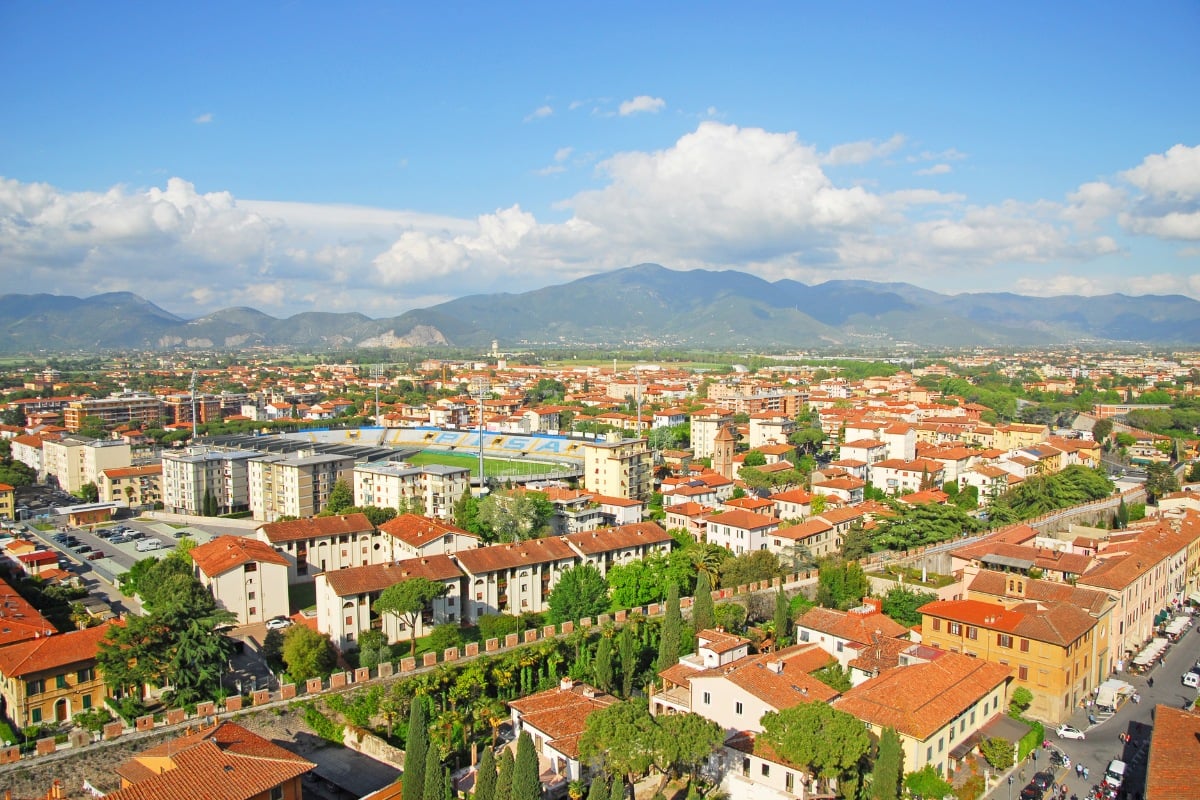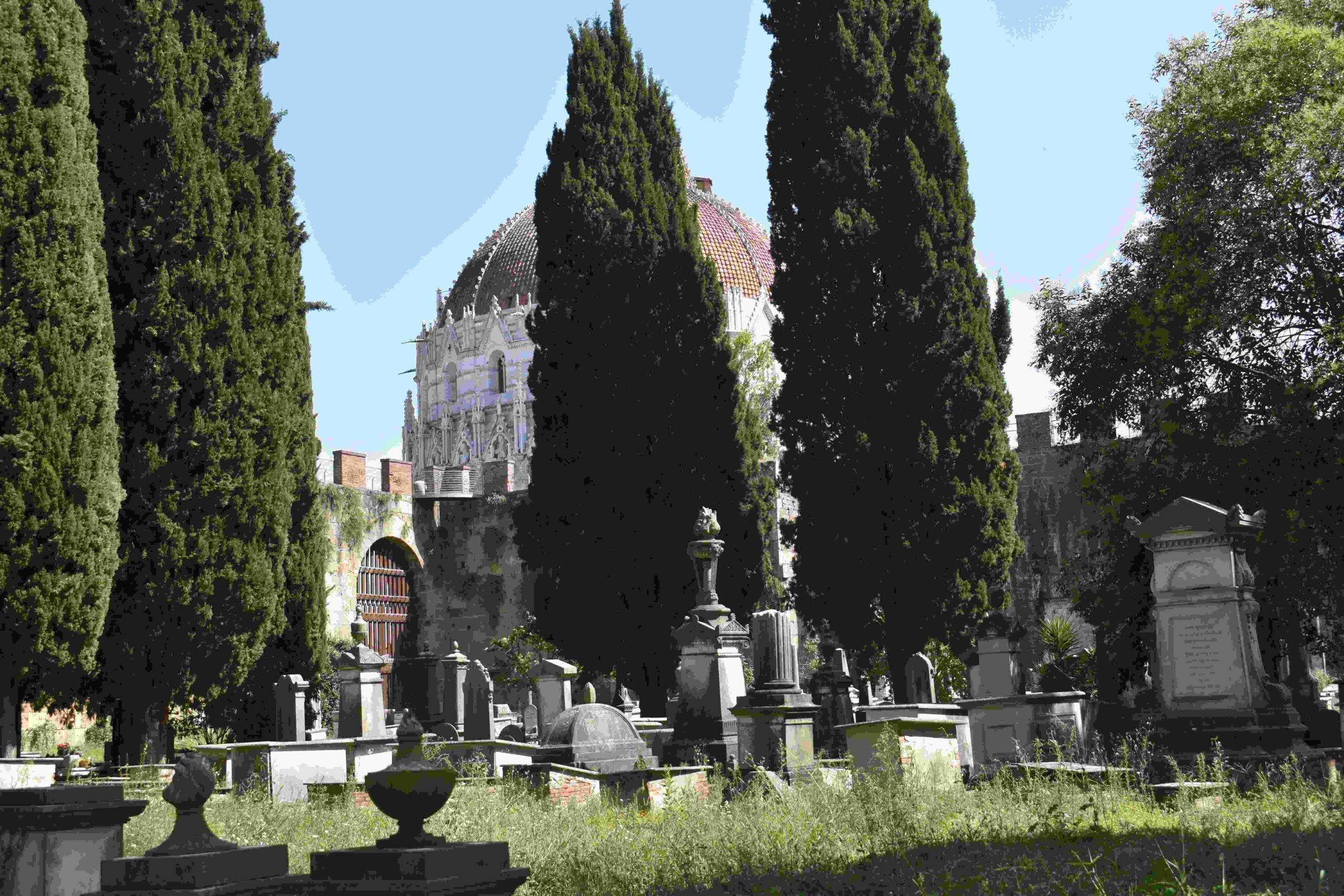Although according to historical sources, Pisa is a city of very ancient origins, the great expansion of the mediaeval city seems to have erased most evidence of Etruscan or Roman settlements. When it became a free commune in the 11th century, Pisa was already a maritime power engaged in the struggle against the Saracens and Arab expansion. The Maritime Republic flourished in the following century. Now, the city’s most famous landmark is the cylindrical Tower built from 1173 to the end of the 14th century which, because of subsidence, now ‘leans’. The base is decorated with blind arcades surmounted by six rings of arcades galleries enclosing a staircase of 294 steps leading to the very top of the tower, where Galileo performed his famous experiments on gravity.

Benjamin of Tudela, during his voyage from Spain to Jerusalem, also traveled through Pisa in 1160 and noted in his dairy that he had found around twenty Jews living there. Pisa’s Jewish community is thought to be the oldest in the whole of Tuscany: the first evidence of a mention in a deed dates back to the year 850 CE. The first group settled and increased in numbers over the centuries that followed with several migratory waves. Unlike Florence and Siena where the Medici introduced a ghetto, in the late sixteenth century Livorno and Pisa expressly invited Jews expelled from the Iberian peninsula, offering them freedom and protection so as to boost trade in their maritime territories. Levantine Jews specialized in commerce and manufacturing, and they were soon to become the majority. However, in the same period, money lending was outlawed after centuries of activity, and due to the city’s economic problems the community moved, mainly in Livorno.

During the seventeenth century Pisa’s community dwindled to less than three hundred people, a trend reversed only in the early nineteenth century, when it totaled six hundred people. Over the centuries, the Jewish Community has always actively participated in a range of the city’s activities.

